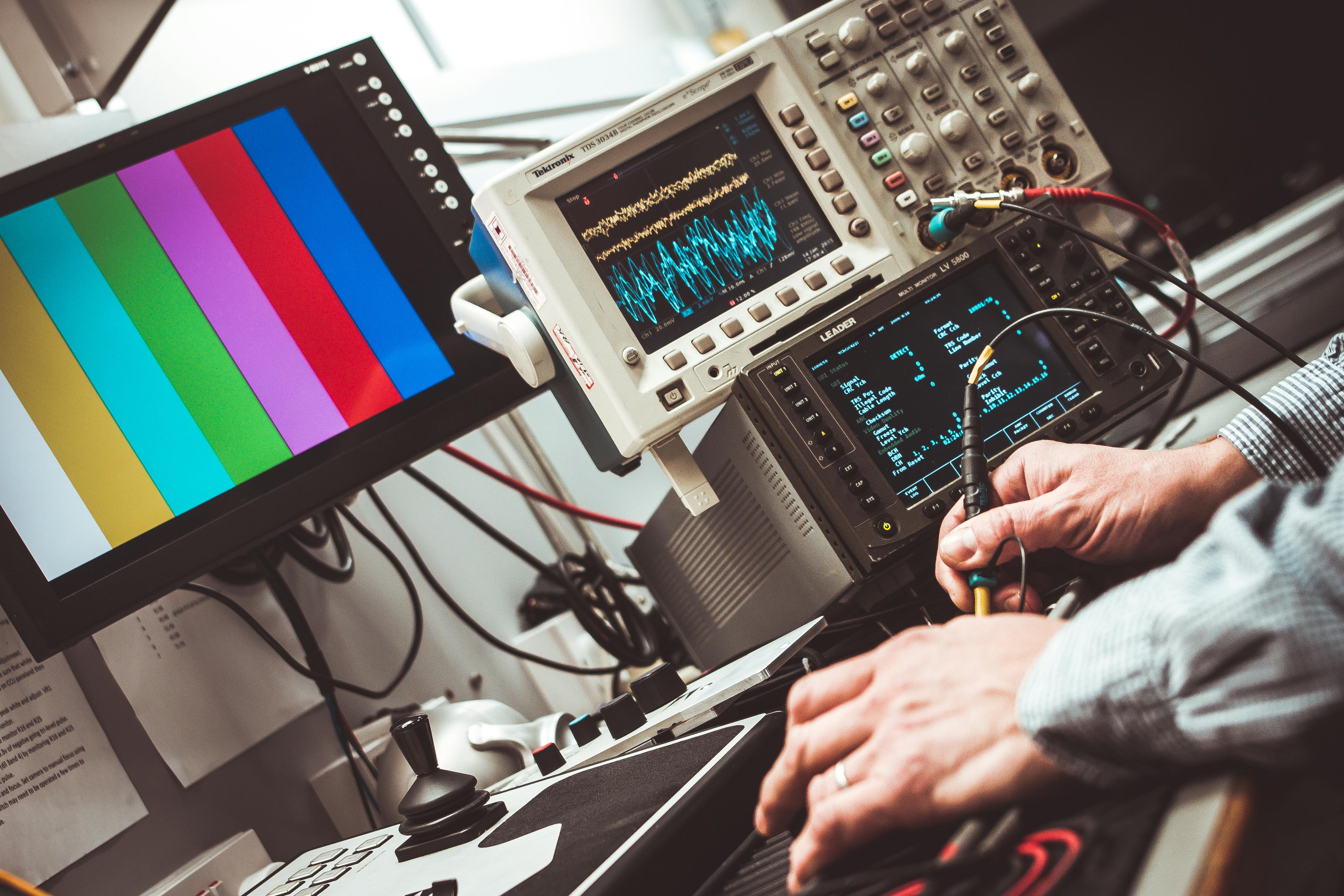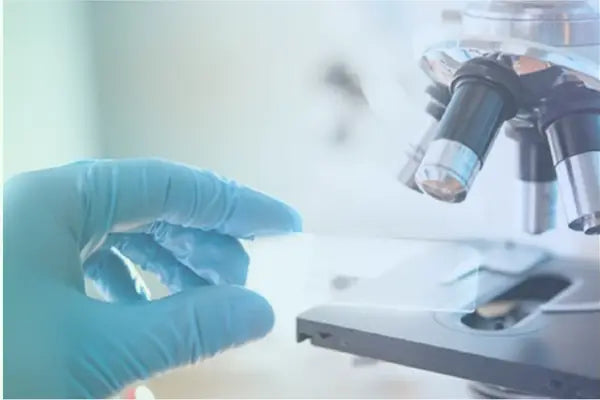
Choosing the Right Electronic Test & Measurement Equipment for Your Application
A practical guide for engineers, technicians, and buyers looking to invest in the right tools.
Selecting the right electronic test and measurement (T&M) equipment is a critical decision for engineers, technicians, and procurement professionals. Whether you're outfitting a new lab, expanding your test bench, or replacing outdated instruments, the right tools ensure accurate diagnostics, efficient workflow, and long-term reliability.
At TT Instruments, we specialize in supplying new and used test equipment for a wide range of industries—from electronics manufacturing and R&D to electrical contracting and service work. Our extensive inventory includes instruments for virtually every testing scenario, all available with flexible purchasing options and expert support.
Need Help Choosing the Right Equipment?
Our experts are here to help. Contact us or explore our full Electronic T&M Collection to find the perfect match for your project.
Below, we’ll guide you through key considerations when choosing T&M equipment, and introduce some of the most commonly used categories to help you make informed choices.
1. Define Your Application Needs
Before selecting any equipment, it’s important to understand your specific testing requirements:
-
What type of signals are you measuring (voltage, current, frequency, resistance)?
-
Are you testing low-voltage circuits or high-power systems?
-
Will you need portable instruments for fieldwork, or benchtop units for lab environments?
-
Are advanced features like data logging or remote control important?
Once your needs are clear, you can match them to the right category of instruments.
2. Understand Core Instrument Categories
Here’s a breakdown of some essential electronic T&M equipment categories, along with typical applications:
-
Multifunction & Appliance Testers
Ideal for electrical safety testing in appliances and installations. These are commonly used by electricians, PAT testers, and service technicians to ensure compliance with safety standards. -
Multimeters & Clamp Meters
Found in almost every toolbox, these instruments provide measurements of voltage, current, resistance, and more. For non-intrusive current measurements, Current Clamps are a valuable addition, especially for field diagnostics or when access to live circuits is limited.
Shop Multimeters & Clamp Meters -
Analysers Recorders & Counters
These instruments help in advanced monitoring and analysis. Power quality analysers, data loggers, and frequency counters provide insight into system performance over time—critical for troubleshooting intermittent faults.
Shop Analysers & Counters -
Oscilloscopes & Accessories
Oscilloscopes are indispensable in electronics design, repair, and diagnostics. They allow for real-time signal visualization. Paired with the right accessories, like high-voltage probes or logic analyzers, they become even more versatile.
Shop Oscilloscopes & Accessories -
Waveform Generators
Useful for simulating signals in test environments. These tools are used to inject known waveforms into a circuit to test response, making them crucial in R&D and QA settings.
Shop Waveform Generators -
Power Supplies
Whether you're developing new devices or running test rigs, a stable and adjustable DC power supply is fundamental. Look for programmable models if automation or repeatable testing is needed.
Shop Power Supplies -
Accessories / Misc
Don’t overlook the supporting tools—test leads, calibration kits, thermal probes, and adapters. The right accessories can improve safety, accuracy, and ease of use.
Shop Accessories
3. Consider New vs. Used Equipment
Purchasing used test equipment can be a cost-effective solution, especially when working with tight budgets or for backup/secondary setups. At TT Instruments, we offer both new and pre-owned devices, with careful inspection and calibration services to ensure quality and performance.
4. Plan for the Future
Choosing scalable, modular, or upgradable instruments can extend the life of your investment. If your testing needs are likely to grow or change, consider flexible solutions like modular oscilloscopes or data acquisition systems that can adapt over time.
Final Thoughts
Electronic T&M equipment is the foundation of effective testing, troubleshooting, and product development. By clearly defining your application, understanding core instrument categories, and evaluating both new and used options, you can build a test setup that meets your technical and operational goals.
Common Questions on Choosing the Right Electronic Test & Measurement Equipment
1. What’s the difference between a multimeter and a clamp meter?
A multimeter measures electrical properties like voltage, resistance, and current by connecting to a circuit directly. A clamp meter, on the other hand, measures current without direct contact by clamping around a conductor—ideal for higher current measurements or where safety is a concern.
2. Do I need an oscilloscope if I already have a multimeter?
Yes, if you're working with time-varying signals (like pulses, waveforms, or noise), an oscilloscope is essential. Multimeters provide static readings, while oscilloscopes allow you to view signal behavior in real-time.
3. When should I use a waveform generator?
Waveform generators are useful when you need to inject specific signals into a circuit for testing purposes. They're often used in development and troubleshooting of amplifiers, filters, and digital circuits.
4. Are used test instruments reliable?
They can be, as long as they're sourced from a trusted seller. At TT Instruments, all used equipment is tested and often calibrated before resale, offering a reliable and budget-friendly option.
5. What kind of equipment is best for appliance testing or electrical safety checks?
Multifunction & Appliance Testers are designed specifically for this purpose. They can perform insulation resistance, earth continuity, loop impedance, and other tests to ensure compliance with safety regulations.
6. What should I look for in a power supply for lab use?
Look for adjustable output ranges, stability, low noise, and protection features like overcurrent or thermal shutdown. Programmable models offer more flexibility for automated test setups.
7. Can I expand my oscilloscope’s capabilities with accessories?
Absolutely. Oscilloscopes & Accessories can be enhanced with high-voltage probes, differential probes, or current probes, depending on your testing needs.
8. What’s the benefit of using analysers and data recorders?
These tools help identify and diagnose complex or intermittent problems by capturing data over time, providing insights into power quality, signal integrity, and timing issues.
Explore our full range of test and measurement products at TT Instruments, where quality, service, and expert advice come standard.


